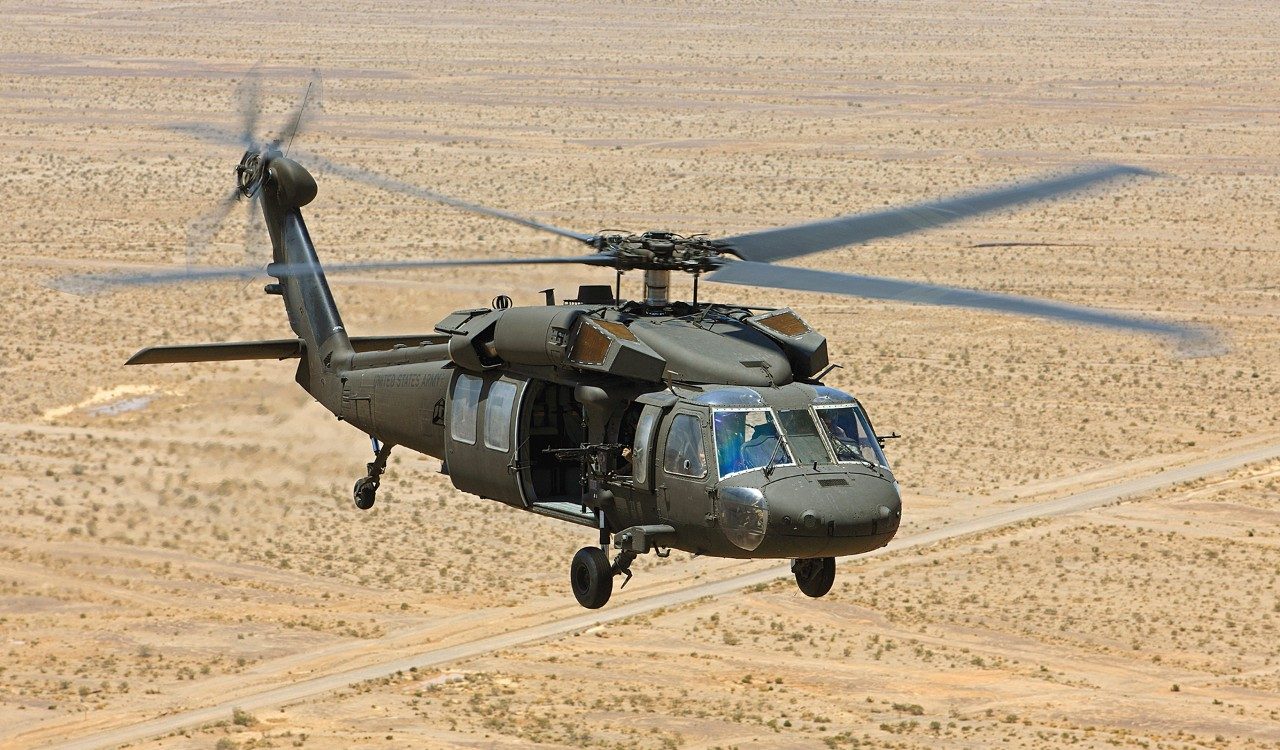The Influence of Lasting Practices on the Future of Aircraft Procedures and Emissions Reduction
As the aviation industry deals with increasing scrutiny over its environmental influence, the fostering of sustainable techniques arises as an essential pathway towards future aircraft procedures and discharges decrease. Innovations in lasting aviation gas and advancements in hybrid propulsion technologies stand at the center of this makeover, encouraging significant decreases in greenhouse gas emissions.

Review of Lasting Practices
Lasting practices in airplane operations include a range of approaches intended at decreasing ecological impact while keeping functional performance. These practices are vital in the aviation sector's commitment to decreasing its carbon impact and sticking to global environmental standards. Key initiatives include optimizing trip paths to lower gas consumption, boosting upkeep procedures to make sure aircraft operate at peak effectiveness, and implementing advanced technologies such as winglets and lightweight products that enhance aerodynamics.

Involving and educating team on sustainability techniques also play an important duty, cultivating a culture of environmental duty within organizations. Overall, the integration of these sustainable practices not just assists reduce exhausts but likewise boosts the lasting viability of the aviation market, guaranteeing it fulfills the needs of both clients and regulatory bodies while adding to international sustainability objectives.
Cutting-edge Gas Alternatives
Many innovative fuel alternatives are becoming pivotal remedies to lower the air travel industry's dependence on traditional nonrenewable fuel sources. Amongst these alternatives, Sustainable Air travel Fuels (SAFs) have actually gotten significant focus because of their prospective to reduce lifecycle greenhouse gas discharges by up to 80% compared to traditional jet fuels. SAFs are acquired from various feedstocks, consisting of waste oils, farming residues, and also algae, making them a versatile option for the sector.
One more appealing option is hydrogen fuel, which, when utilized in gas cells, produces just water vapor as a result. This zero-emission possible presents a significant opportunity for decarbonizing flight operations, particularly for short-haul trips and regional aircraft. In addition, electric propulsion systems are being checked out, leveraging battery innovation to power aircraft. While existing battery capability limitations array and payload, continuous improvements might quickly make electrical flights sensible for specific applications - uh 60.
Last but not least, biofuels obtained from biomass are being explored, providing an eco-friendly choice that can be blended with conventional fuels. Collectively, these innovative fuel options represent a critical action toward achieving a sustainable aviation ecological community, lining up with global exhausts decrease targets and improving the industry's environmental stewardship.
Technical Developments in Air Travel

Just how can technological advancements improve the future of aeronautics? Advancements such as electrical and hybrid propulsion systems are at the center, promising substantial reductions in gas usage and greenhouse gas discharges.
Additionally, the implementation of advanced products, such as light-weight compounds, contributes to improved the rules of aerodynamics and gas effectiveness. The usage of expert system and artificial intelligence in flight procedures maximizes path preparation and decreases gas burn by enabling real-time changes based on weather and web traffic problems. Furthermore, the growth of independent and from another location piloted airplane systems stands to revolutionize cargo and guest transportation, potentially boosting performance while decreasing human mistake.
In addition, lasting aviation modern technologies, consisting of advanced air traffic administration systems, can decrease and streamline operations blockage, resulting in lower emissions during flight. These improvements collectively represent a standard change in aeronautics, promising a future where sustainability and operational efficiency are intertwined, therefore sustaining the industry's commitment to reducing its ecological effect.

Regulatory Framework and Conformity
In light of the growing focus on ecological stewardship within the air travel market, the regulative structure regulating airplane operations is progressing to advertise sustainable practices. Regulative bodies, such as the International Civil Aeronautics Organization (ICAO) and numerous nationwide aviation authorities, are presenting rigid guidelines targeted at lowering discharges and boosting operational performance.
These policies often include the fostering of Sustainable Aviation Gas (SAF), which has been identified as a crucial part in attaining lower carbon impacts. Furthermore, compliance with these laws requires try this out airlines to apply functional practices and advanced modern technologies, such as maximized flight paths and enhanced air web traffic management, to lessen fuel usage.
In addition, the enforcement of emissions trading systems and carbon balancing out efforts is becoming significantly common, compelling airlines to keep track of and report their exhausts precisely. Non-compliance can cause substantial fines, thus pushing operators to prioritize sustainability in their business versions.
Eventually, the advancing regulative landscape not only drives technology and investment in green modern technologies yet additionally promotes a culture of liability within the aeronautics market. As these structures remain to create, the focus on lasting methods will be indispensable to attaining the sector's lasting environmental objectives.
Future Fads in Aircraft Procedures
As the air travel sector adapts to a significantly rigid regulatory atmosphere, future trends in airplane operations are readied to concentrate on innovative solutions that further improve sustainability and effectiveness - uh 60. Key developments will likely include the adoption of advanced air traffic management systems, which use real-time data and expert system to enhance flight courses, reducing fuel intake and discharges
One more substantial fad is the raised combination of sustainable aeronautics fuels (SAFs) These choices to standard jet gas, originated from eco-friendly sources, can dramatically decrease lifecycle greenhouse gas emissions. The market's dedication to SAFs will likely increase as airline companies team up with fuel producers to ensure accessibility and cost-effectiveness.
Furthermore, the push in the direction of electrification and crossbreed propulsion systems is getting momentum. Emerging aircraft layouts will integrate these modern technologies, providing quieter and much more effective procedures, particularly for short-haul flights.
Verdict
In final thought, the combination of lasting methods in aircraft procedures holds considerable potential for emissions reduction and improved efficiency. The fostering of sustainable aeronautics gas, combined with developments in electric and hybrid propulsion systems, is important for minimizing lifecycle greenhouse gas discharges. Maximizing trip Website paths and embracing innovative modern technologies contribute to a quieter and more environmentally friendly air travel sector. Jointly, these initiatives straighten with global sustainability goals and lead the method for a greener future in air travel.
Innovations in sustainable air travel gas and innovations in crossbreed propulsion modern technologies stand at the leading edge of this makeover, encouraging substantial reductions in greenhouse gas emissions.Many ingenious gas alternatives are arising as essential remedies to minimize the air travel sector's reliance on standard fossil gas - uh 60. Resources Among these choices, Sustainable Air travel Fuels (SAFs) have actually gained considerable attention due to their possible to lower lifecycle greenhouse gas exhausts by up to 80% contrasted to conventional jet gas.An additional substantial trend is the enhanced assimilation of sustainable air travel fuels (SAFs) The fostering of sustainable air travel gas, paired with innovations in hybrid and electrical propulsion systems, is vital for minimizing lifecycle greenhouse gas emissions